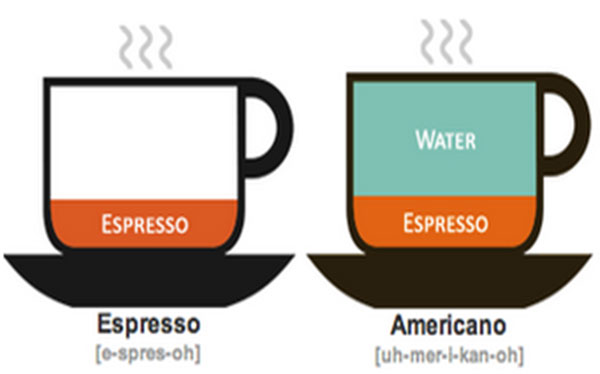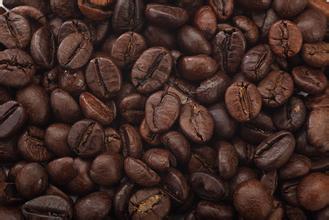Analysis of caffeine in coffee espresso caffeine content in espresso and American coffee
When it comes to coffee, there is no doubt that "caffeine" is a sensitive word for many people. Coffee can boost your spirits, but you need the right amount, because too much caffeine can be harmful to the body, so let's talk about it today.
Caffeine is a xanthine alkaloid compound, which is a kind of stimulant.
Chemical formula: C8H10N4O2 (trimethylxanthine)
Function: 1. Natural insecticide: found in the fruits, leaves, and seeds of more than 60 plants, insects can cause paralysis and achieve insecticidal effect after eating these plants.

two。 Central nervous system stimulant: can temporarily dispel drowsiness and restore physical strength. Widely used in drinks and medicines for refreshing and relieving fatigue.
Caffeine is widely used in daily life, coffee, chocolate, cocoa, tea all contain caffeine, although its name may be different, and its nature is not different. There are many people who get into the habit of drinking coffee but do not quite understand the relationship between coffee and caffeine. Here is a simple classification for reference:
1. Different varieties lead to a variety of caffeine content: generally speaking, Arabica, which belongs to boutique coffee, contains less caffeine, accounting for only about 1.2%, while Robusta sturdy beans have a relatively high caffeine content of about 2.4% or about 2.4%.
two。 The temperature and time of baking lead to different caffeine content: roasting destroys the cells of coffee cherries, and the higher the temperature and the longer the roasting time, the lower the caffeine content in coffee cherries. As a result, deep-roasted coffee beans may contain less caffeine than light roasting.
3. The way and time of brewing leads to the release of caffeine: there are many different ways of brewing coffee, and the time of brewing is also different. When coffee powder and hot water dissolve, caffeine is released, and the longer it takes to brew, the more caffeine is released, so fast-brewing espresso (Espresso) contains less caffeine than hand-brewed and siphon coffee. It is recommended that adults drink 2 cups of coffee a day, as long as they do not drink too much, there will be no health effects!

Original: http://blog.sina.com.cn/u/3548109651
Source: coffee West Point training
Important Notice :
前街咖啡 FrontStreet Coffee has moved to new addredd:
FrontStreet Coffee Address: 315,Donghua East Road,GuangZhou
Tel:020 38364473
- Prev

The biggest difference between Italian Coffee and American Coffee the caffeine content of Italian coffee and American coffee
On a sunny afternoon, will you often have a strong cup of coffee on hand? Which is your favorite, the mellow, silky American coffee or the strong Espresso (espresso)? What is the difference between Espresso and American coffee? Espresso (espresso) is roasted deeply in an ounce (about 7 grams) at high temperature and high pressure.
- Next

Is it caffeic acid at high altitude? The higher the Haibo, the better the quality of the coffee. Where does the acid in the coffee come from?
The influence of altitude on coffee flavor the influence of geographical location on coffee bean flavor is profound. All coffee grows in the tropics, and the altitude at which it grows has a profound effect on the taste of coffee. The tropical belt extends from 30 degrees north latitude to the equatorial regions of the southern mountains that produce the world's truly high-quality Arabica coffee. Central and South America, South Asia and some Pacific islands, non-
Related
- What is the meaning of lactic acid fermentation with coffee bean treatment?
- How to judge the state of foam by sound?
- How does the latte pull out the unicorn pattern? Come to get for a little trick to improve the flower pull!
- Will flower pulling affect the taste of the latte?
- Do you know the history of coffee?
- The difference between honey treatment and sun washing what is raisin honey treatment?
- What kind of milk can a novice use to make coffee foam to keep the foam longer? The correct method and skills of milking tutorial sharing
- Why do washed coffee beans taste sour? Flavor characteristics of washed Coffee
- Introduction to the skill of how to practice the size and height of water injection around the circle of hand-brewed coffee
- How do beginners practice coffee flower drawing from scratch?

